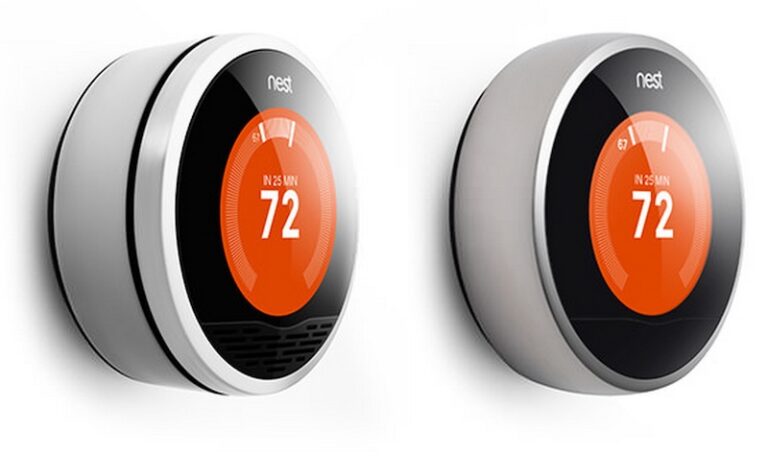Google is pulling the plug on support for its early-generation Nest Learning Thermostats. Starting October 25, 2025, the 1st-gen (2011) and 2nd-gen (2012) models, including the European version of the 2nd-gen model (2014), will no longer receive software updates. This marks the end of in-app support and remote control via Google Assistant for these devices. Users will still be able to adjust the temperature and change schedules directly on the thermostat, but remote access will no longer be available.
What’s Happening & Why This Matters
As part of its continued shift in the smart home market, Google is discontinuing software updates for older Nest Learning Thermostats. These models, which were groundbreaking when they launched over a decade ago, will lose support starting October 2025. The end of support means that users will no longer have access to key features like remote control through their smartphones or voice control via Google Assistant. However, users can still adjust their thermostats manually.
This decision affects several models, including the Nest Learning Thermostat (1st gen), which debuted in 2011, and its successor, the Nest Learning Thermostat (2nd gen), released in 2012. Google also mentioned that its 3rd-gen Nest Thermostat (2015) and Nest Thermostat E (2018) would no longer be sold in Europe, as heating systems across the continent have unique hardware and software requirements. Though Nest Learning Thermostats are no longer available for sale in Europe, consumers can still purchase them while supplies last.
Interestingly, Google has shifted its focus from building smart home products in-house to partnering with third-party manufacturers. This includes a deal with Tado, a smart thermostat maker, offering up to 50% off its Tado Smart Thermostat X for affected users in Europe. Furthermore, Google has been making bigger moves in the smart home space, announcing a partnership with First Alert to launch a new Smart Smoke & Carbon Monoxide Alarm in the US and Canada.

Google’s recent strategy shift suggests that it will continue moving away from owning every aspect of smart home technology and instead focus on being a platform for third-party developers. This shift is part of Google’s broader goal to keep its Google Home app as the central hub for managing a variety of smart home devices.
TF Summary: What’s Next
As Google phases out support for its early-generation Nest Thermostats, users will need to consider upgrading to newer models or look to third-party manufacturers for continued compatibility with the Google Home app. The move reflects a larger shift in Google’s approach to the smart home industry. The company is no longer aiming to build and sell all devices in-house but is instead focusing on partnerships with other manufacturers.
In the future, users can expect more diverse smart home devices from various developers, all integrated into the Google Home ecosystem. As this transition continues, it will be interesting to see how Google’s platform evolves, offering users even more options for smart home technology.
— Text-to-Speech (TTS) provided by gspeech


